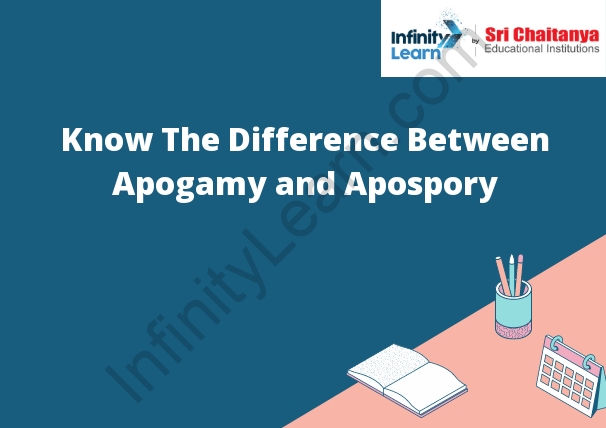Table of Contents
What is Apomixis?
Apomixis is a process in which a seed is formed without fertilization. The seed is a clone of the mother plant. Know The Difference Between Apogamy and Apospory.

What are Apogamy and Apospory?
Apospory is a form of asexual reproduction in plants in which a new plant is produced without the fusion of gametes. Apogamy is a form of asexual reproduction in plants in which a new plant is produced by the splitting of an old plant.
The Key Difference Between Apospory and Apogamy
Apospory is a type of asexual reproduction in which a new plant is formed from a fragment of the stem of an existing plant. Apogamy is a type of asexual reproduction in which a new plant is formed from a fragment of the root of an existing plant.
Apospory and apogamy are two different ways in which a plant can produce offspring. Apospory is when a plant produces a new plant from an unfertilized egg, while apogamy is when a plant produces a new plant from a fertilized egg. The key difference between these two methods is that apospory does not involve fertilization, while apogamy does.
Causes of Apogamy and Apospory
Apospory is a form of asexual reproduction in plants in which new plants are generated from a single parent without meiosis or syngamy. Apogamy is a form of asexual reproduction in plants in which new plants are generated from a single parent without mitosis.
Apogee and apospory are two types of apogamy, which is asexual reproduction. Apogee is when an unfertilized egg is released from the ovary and grows into a new individual. Apospory is when a small fragment of a plant, called a spore, grows into a new individual. There are many causes of apogamy and apospory.
One cause of apogamy is environmental stress. When a plant is under stress, it may produce asexual spores in order to survive. For example, a plant may produce asexual spores if it is growing in a drought conditions or if it is being attacked by pests.
Another cause of apogamy is genetic defects. Sometimes, a plant may produce asexual spores because it has a genetic defect that prevents it from reproducing sexually. For example, a plant may produce asexual spores if it has a defective chromosome that prevents it from producing viable eggs or sperm.
A third cause of apogamy is aging. As a plant ages, its ability to produce viable eggs or sperm may decline. As a result, the plant may produce asexual spores in order to reproduce.
Finally, a plant may produce asexual spores if it is isolated from other plants. If a plant is isolated from other plants, it may not be able to reproduce sexually. As a result, the plant may produce asexual spores in order to survive.
Similarities Between Apogamy and Apospory
There are a few key similarities between apogamy and apospory. Both involve asexual reproduction, meaning that the offspring are created without the involvement of sex cells. In apogamy, the new organism is formed when a bud or offshoot from an existing plant separates and grows into a new plant. In apospory, a new organism is formed when an unfertilized egg cell divides to create two new cells. These new cells then grow into a new organism.
Both apogamy and apospory result in new plants that are genetically identical to the parent plant. Additionally, both processes can occur spontaneously, or they may be induced by environmental factors such as stress.
There are many similarities between apogamy and apospory. Apogamy is the process of a plant reproducing without fertilization, while apospory is the process of a plant reproducing by taking cuttings from another plant. In both cases, the plant is able to create new plants without involving another organism. This is an advantage for the plant, as it allows them to reproduce quickly and easily.







